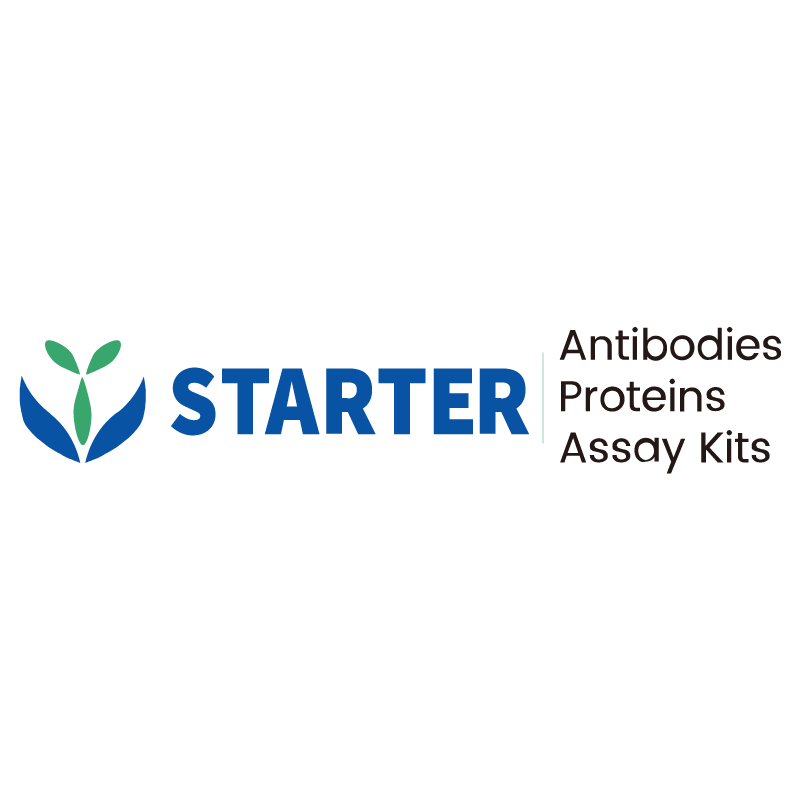Flow cytometric analysis of KLRG1 expression on C57BL/6 mouse splenocytes. C57BL/6 mouse splenocytes were stained with Alexa Fluor® 647 Mouse Anti-Mouse NK1.1 Antibody and either FITC Armenian Hamster IgG Isotype Control (Left panel) or SDT FITC Armenian Hamster Anti-Mouse/Human KLRG1 Antibody (Right panel) at 5μl/test. Flow cytometry and data analysis were performed using BD FACSymphony™ A1 and FlowJo™ software.
Product Details
Product Details
Product Specification
| Host | Armenian hamster |
| Antigen | KLRG1 |
| Synonyms | Killer cell lectin-like receptor subfamily G member 1; C-type lectin domain family 15 member A; ITIM-containing receptor MAFA-L; MAFA-like receptor; Mast cell function-associated antigen; CLEC15A; MAFA; MAFAL |
| Location | Cell membrane |
| Accession | Q96E93、 O88713 |
| Clone Number | S-R655 |
| Antibody Type | Recombinant mAb |
| Isotype | IgG |
| Application | FCM |
| Reactivity | Hu, Ms |
| Positive Sample | C57BL/6 mouse splenocytes |
| Purification | Protein G |
| Concentration | 0.05mg/ml |
| Conjugation | FITC |
| Physical Appearance | Liquid |
| Storage Buffer | PBS, 25% Glycerol, 1% BSA, 0.3% Proclin 300 |
| Stability & Storage | 12 months from date of receipt / reconstitution, 2 to 8 °C as supplied. |
Dilution
| application | dilution | species |
| FCM | 5μl per million cells in 100μl volume | Hu, Ms |
Background
Killer cell lectin-like receptor G1 (KLRG1) is an immune checkpoint receptor primarily expressed on natural killer (NK) cells and antigen-experienced T cells, including CD8+ T cells, CD4+ T cells, and regulatory T cells (Tregs). It functions as a type II transmembrane glycoprotein with an extracellular C-type lectin domain and an intracellular immunoreceptor tyrosine-based inhibitory motif (ITIM). KLRG1 binds to cadherins (such as E-cadherin, N-cadherin, and R-cadherin) on antigen-presenting cells (APCs) or tumor cells, inhibiting immune cell activation, proliferation, and cytotoxicity through the PI3K/AKT and AMPK pathways. In disease contexts, KLRG1 is implicated in various immune responses. In autoimmune diseases like primary biliary cholangitis and systemic lupus erythematosus, its expression correlates with disease severity. In cancer, KLRG1+ T cells are associated with immune evasion, and high KLRG1 expression in tumors is linked to poor prognosis. KLRG1 is also involved in viral infections, where it can inhibit T cell function and promote immune exhaustion. Ongoing research explores KLRG1 as a potential therapeutic target for modulating immune responses in cancer and autoimmune diseases.
Picture
Picture
FC


